Turtles
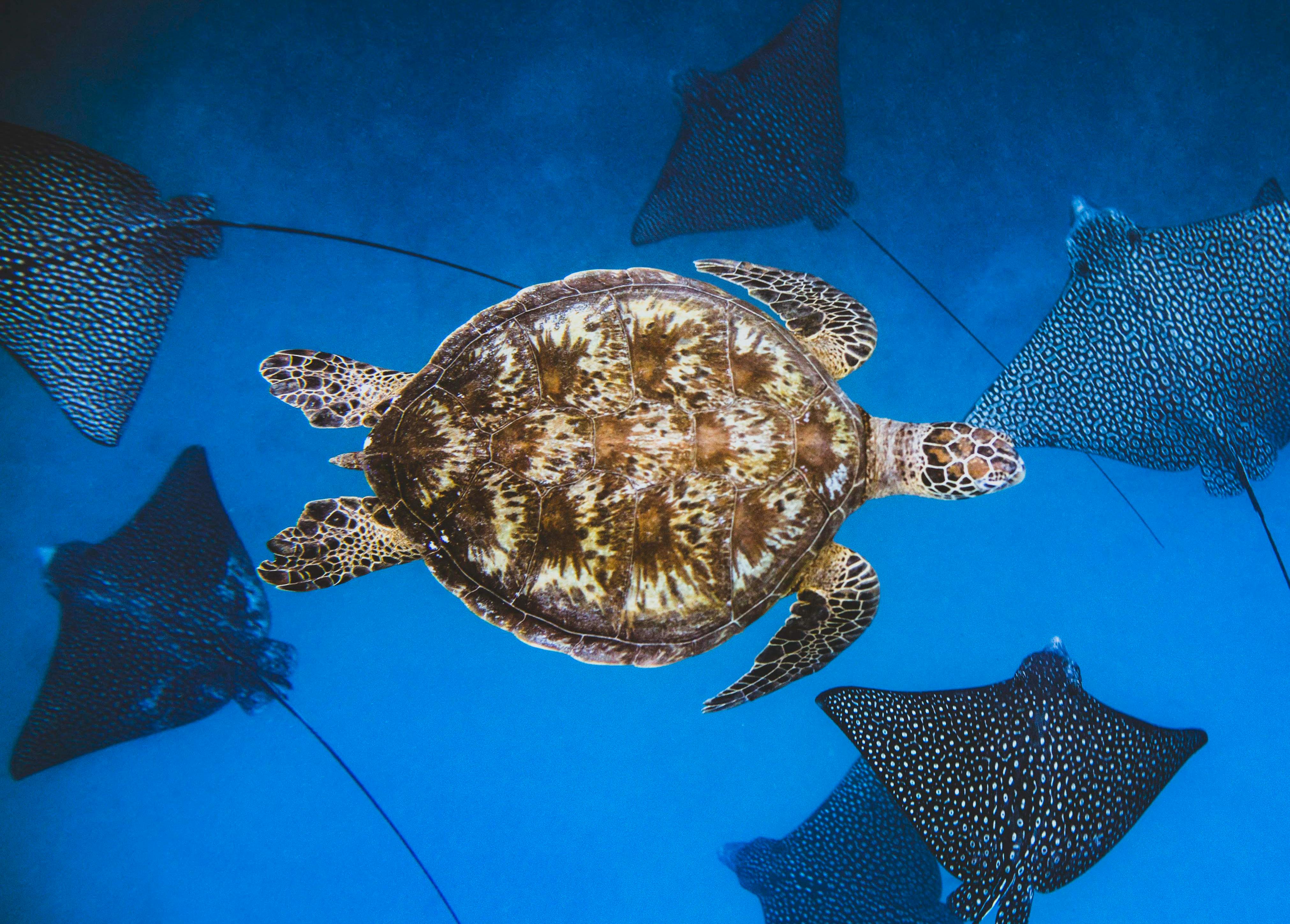
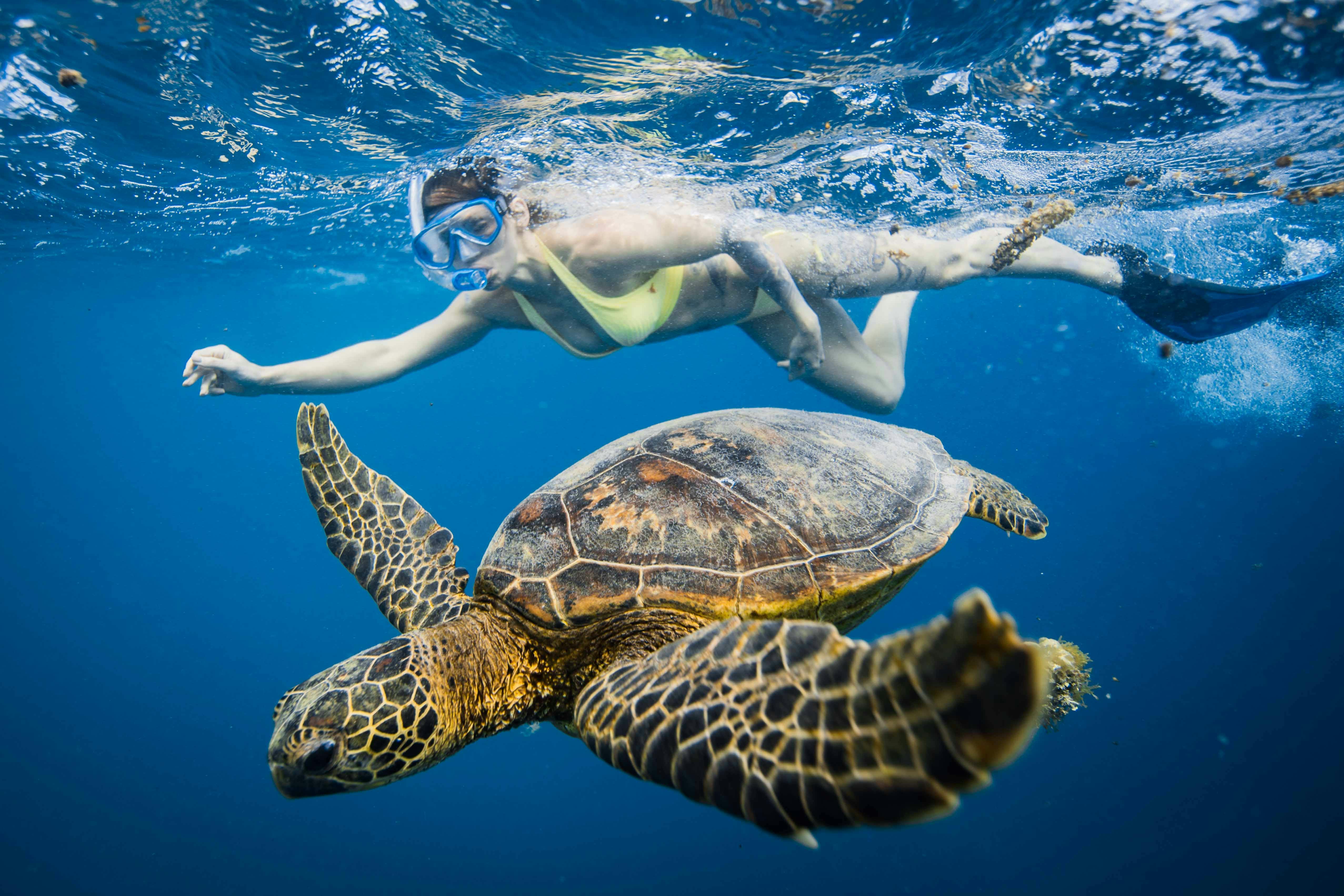
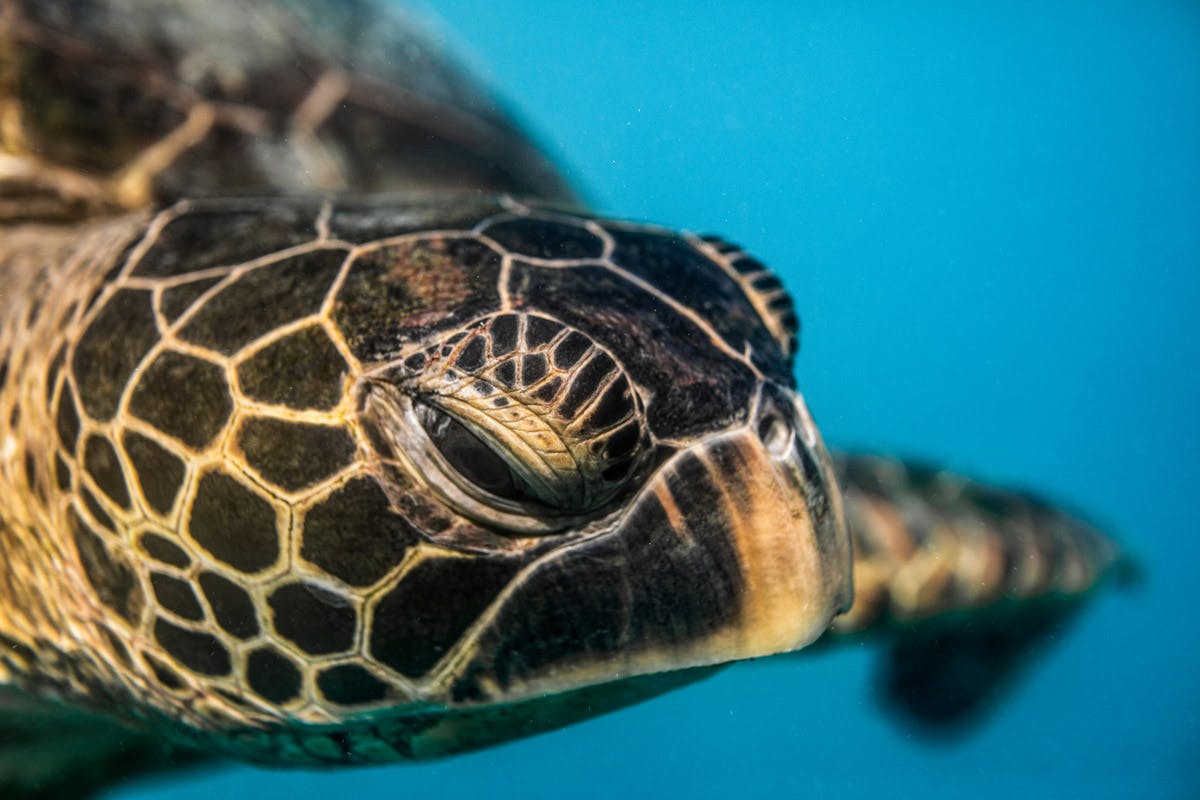
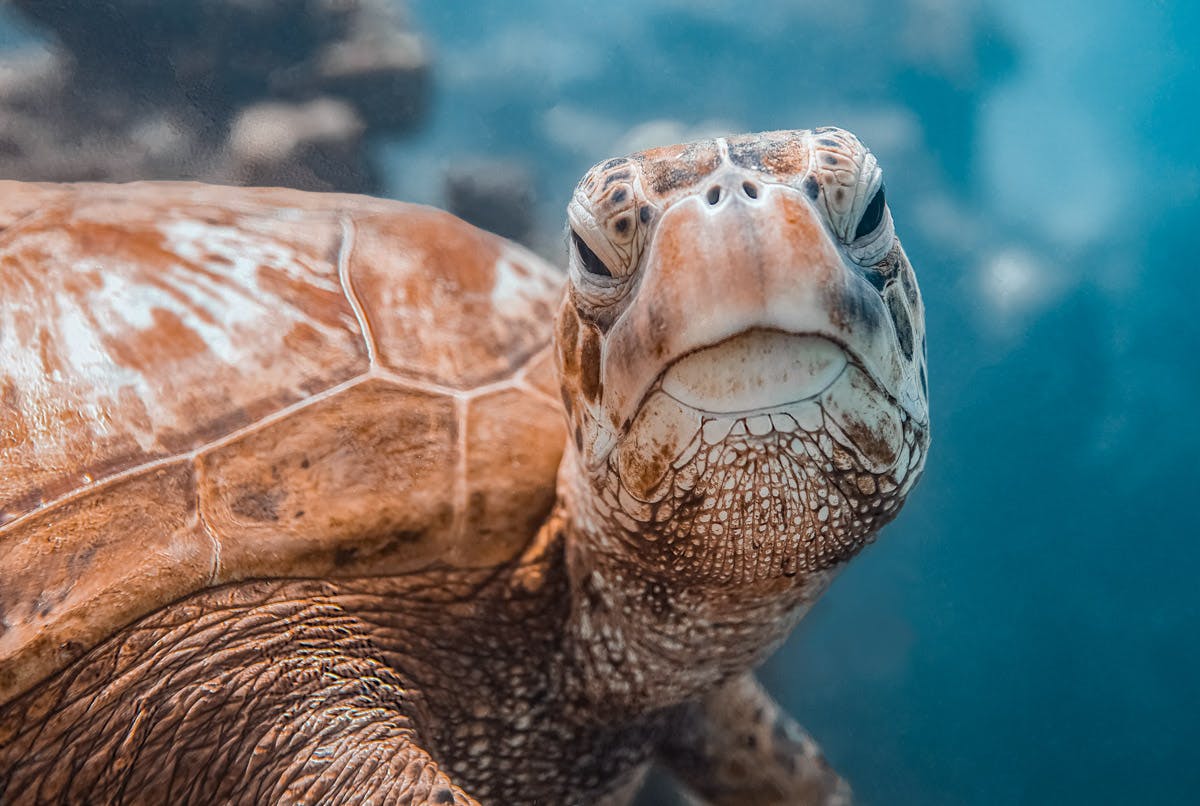
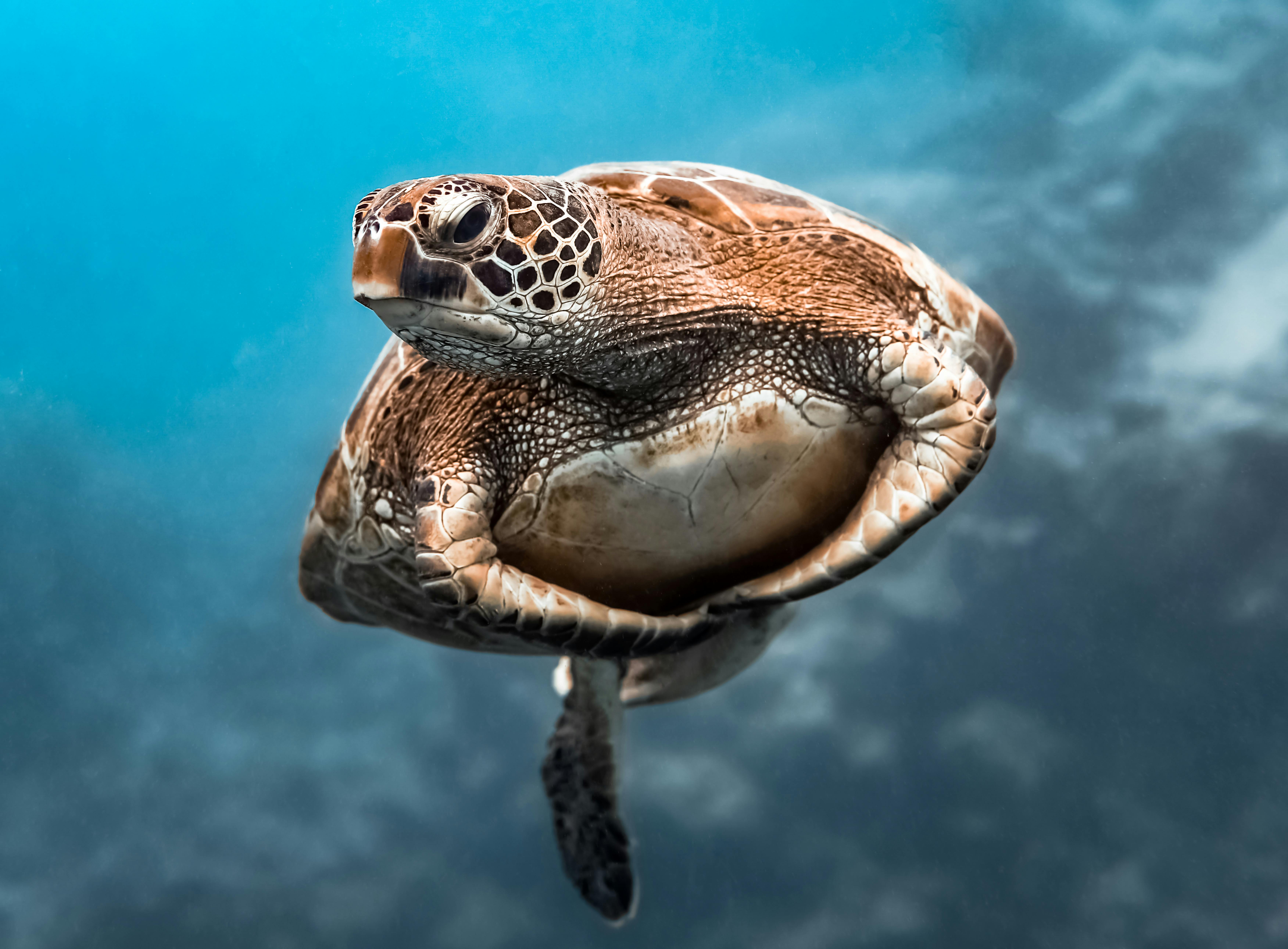
CLICK HERE and plan your Rarotonga adventure
A Magical Encounter: Swimming with Turtles in Aroa Lagoonarium and Beyond, Rarotonga
Swimming with turtles is a truly magical experience, and Rarotonga offers some of the best opportunities to interact with these gentle creatures.
The enchanting underwater world of Aroa Lagoonarium, located in front of The Rarotongan Beach Resort and Sanctuary Rarotonga - on the beach, is home to half a dozen wild turtles that thrive in the protected environment.
For those who dream of swimming with turtles in a safe, easily accessible, all-tide location, this is an experience you simply cannot miss.
Rarotonga is home to two of the seven species of sea turtles - the Green Sea Turtle (Chelonia mydas) and the Hawksbill Sea Turtle (Eretmochelys imbricata).
While swimming with these graceful animals is an unforgettable experience, it is essential to follow guidelines that ensure the safety of both humans and turtles.
When you spot a turtle while snorkeling, kayaking, or paddle-boarding, STOP! This will allow the turtle to determine if it is open to human company or not. If they are scared, they will disappear quickly, so do not try to pursue them as they can swim infinitely faster than you can. If the turtle hangs around, only move very slowly, keeping at least 2 meters (6 feet) distance. If the turtle feels safe, you may be able to swim alongside it for 15 minutes or more.
Keep in mind these important tips for swimming with turtles:
- Maintain a distance of at least 6 feet from the turtles.
- Stay flat on the surface and avoid disrupting the ecosystem.
- Do not stand on the coral, as this can damage the sea grass where turtles feed.
- Wear a rash guard or long sleeve shirt, not sunscreen, to protect the turtles and coral reefs.
• Never chase, poke, harass, or try to touch the turtles.
If you are snorkeling close to a sea turtle, take photographs of both sides of its head and of its full body. The heads of sea turtles are covered by dark scales (facial scutes) that are unique to each individual, just like our fingerprints.
Photographs of the full body are required to find out if it is a female or a male. Males have long tails, whereas females and juveniles have short tails that are often invisible.
Please post any photos with the date and location of sighting to our Facebook site https://www.facebook.com/profile.php?id=100064693450749, so that turtle researchers and scientists can easily access this information.
The Aroa Lagoonarium is an excellent spot for swimming with turtles, as is the Avaavaroa Passage, which has the largest population of sea turtles and eagle rays on Rarotonga.
However, the passage is subject to significant tidal rips and, to ensure a safe and enjoyable experience, it is recommended to join a guided tour with a commercial operator.
Charlotte Piho, a world-famous underwater photographer, specializes in photography with the turtles. Check out her work at https://charlottepiho.com/. Josh Utanga is an internationally certified lifesaver and offers small personalized tours. Contact Josh at 71-644 or joshutanga@gmail.com, or visit his Facebook page at https://www.facebook.com/snorkelcookislands/. Ariki Adventures offers sea scooters, making swimming with the turtles accessible to a wide range of visitors: https://www.facebook.com/watch/?v=614850958887170. Go Local Cook Islands (https://www.golocalcookislands.com/) and KiteSUP (https://www.kitesup.co/) offer turtle swimming tours in the Avaavaroa Passage and other locations around the island.
Swimming with turtles in Rarotonga is a once-in-a-lifetime experience that will leave you with awe-inspiring memories. By respecting these magnificent creatures and their environment, we can ensure that future generations can also enjoy the magic of swimming with turtles in the Aroa Lagoonarium and around Rarotonga.
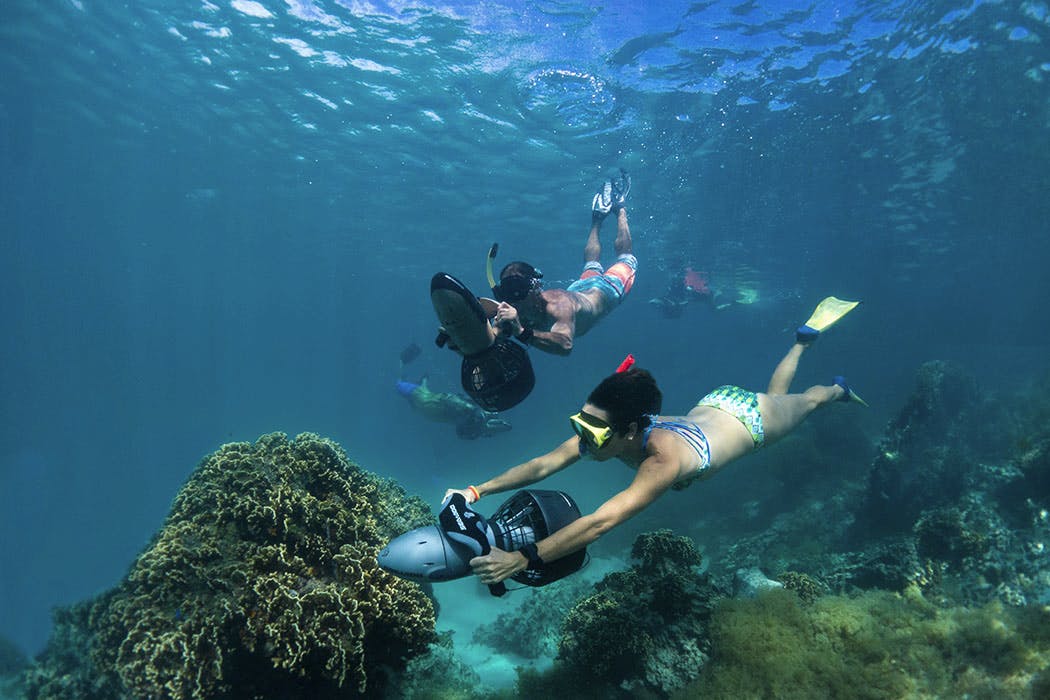

EMPOWER VISITORS WHO CHOOSE TO DO A TURTLE TOUR EXPERIENCE
Swimming with turtles has become the #1 experience on Rarotonga, and we understand the immense appeal it holds for our visitors. However, we should also be aware of the potential risks involved in such an amazing adventure.
Our goal is to get the entire tourism industry on board, collectively helping to inform our visitors about important aspects to consider when opting for a turtle tour. While there are now several operators to choose from, it's crucial that your guests understand what to expect and how to conduct themselves during these tours.
To ensure safety, Cook Islands Tourism has entered into an agreement with turtle tour operators through a MOU that outlines our partnership principles and areas of priority, emphasising the safety of operators and their guests while swimming with the turtles. We're pleased to announce that 7 out of 9 turtle tour operators have physically signed the MOU, reaffirming their commitment to working with CI Tourism and providing a safe experience for their guests.
These operators are:
- Ariki Adventures
- Charlotte Piho Turtle Tours
- Go Local Cook Islands
- KiteSUP
- Ocean Toa
- Rarotonga Turtle Tours
- Snorkel Cook Islands
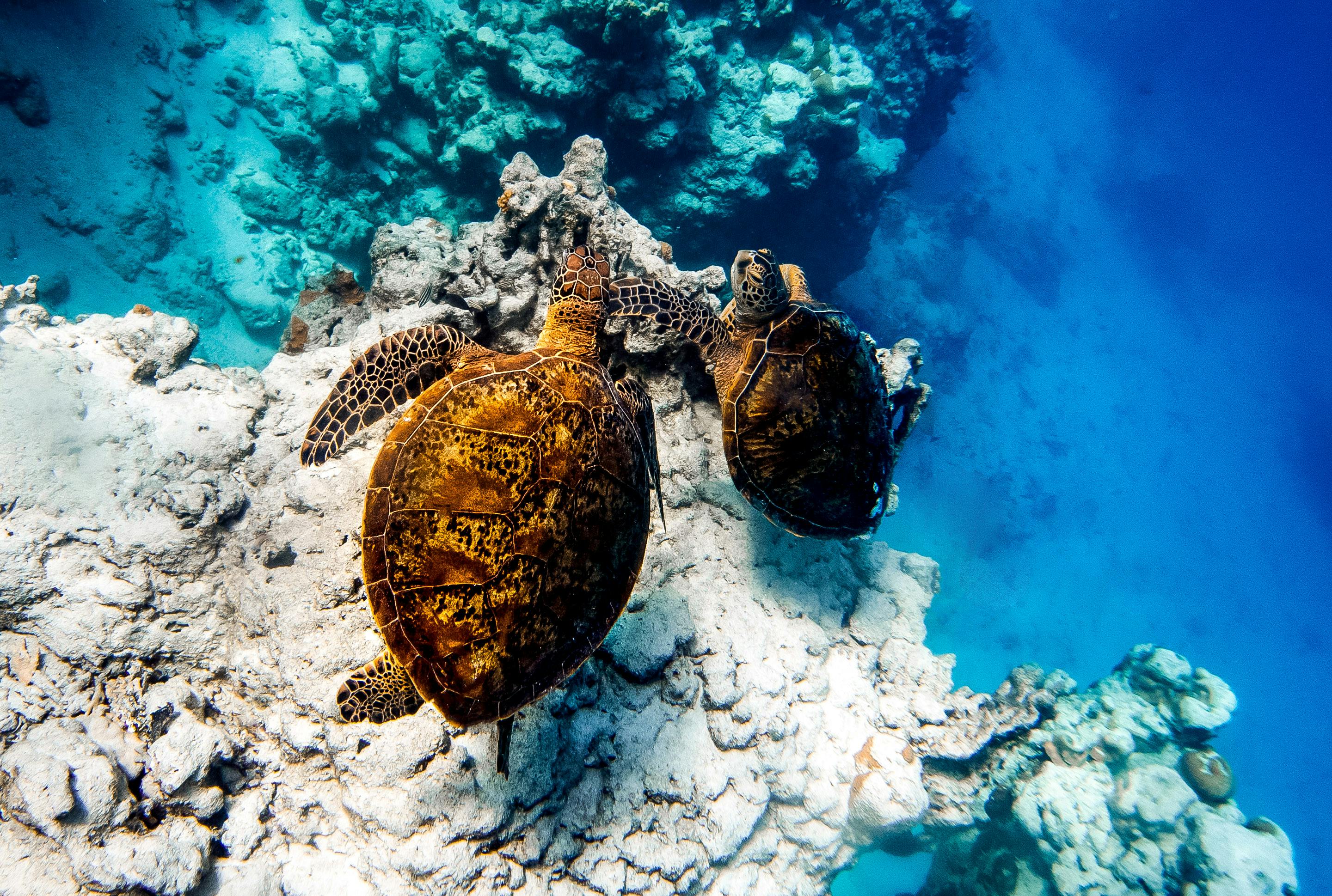
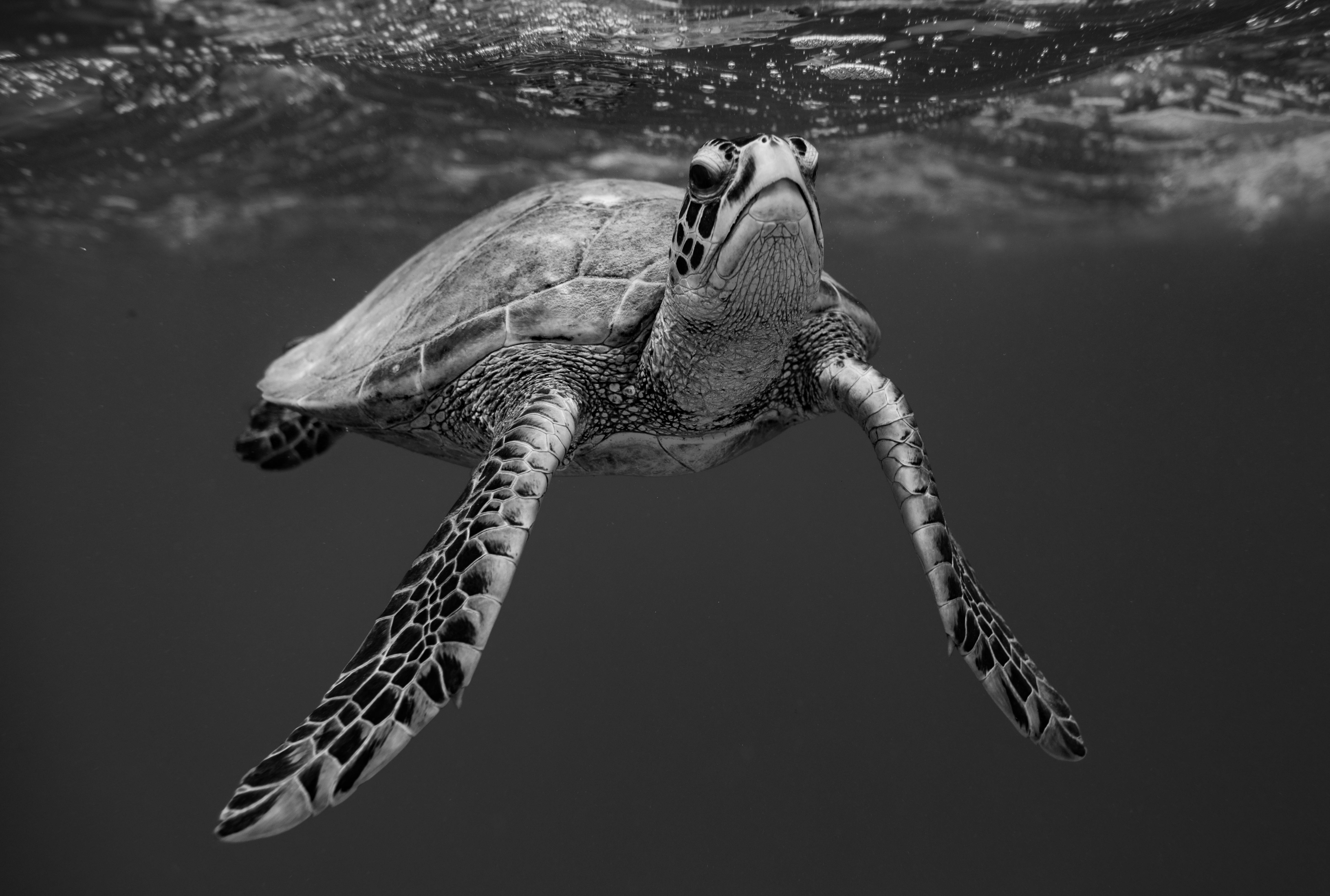
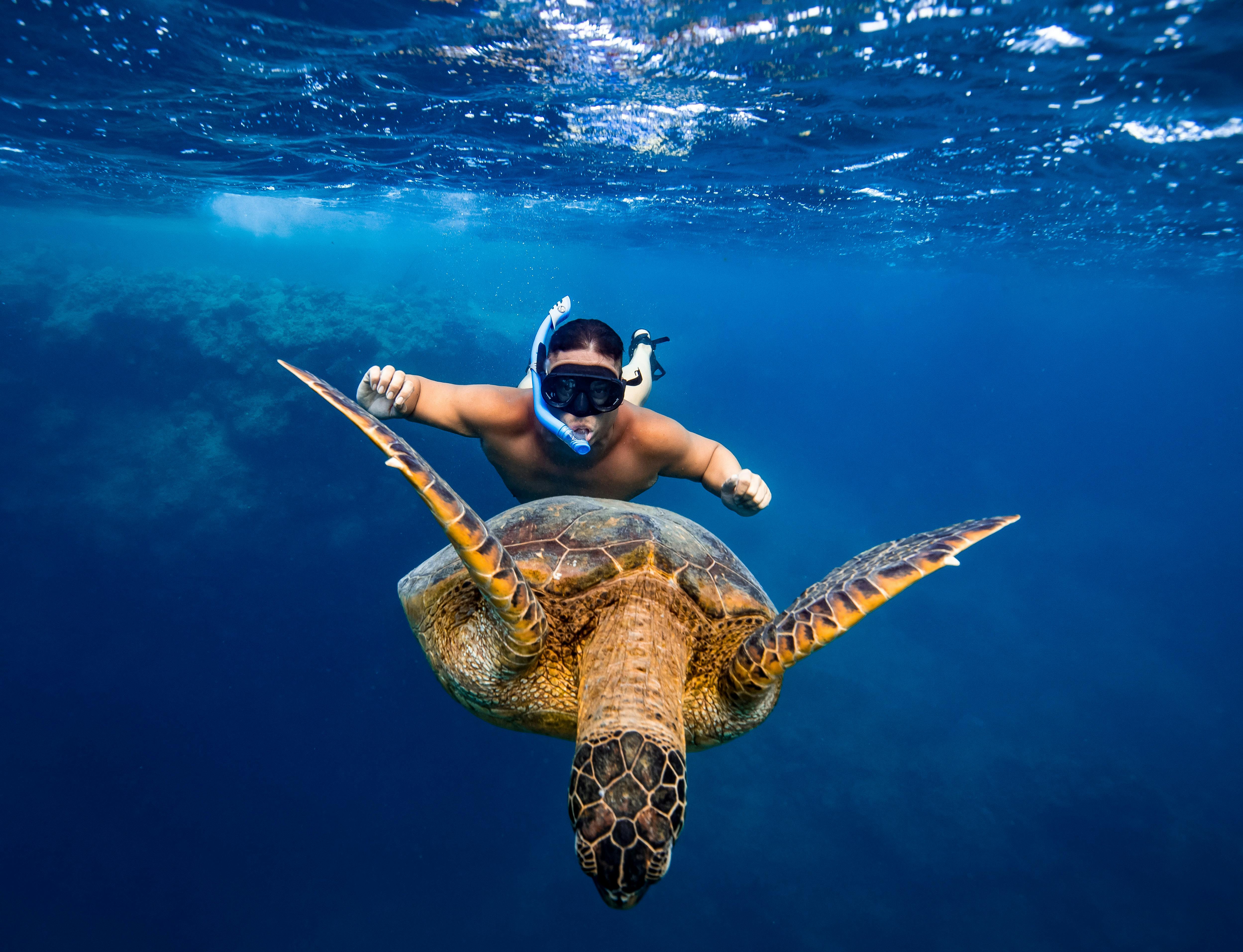
RECOMMENDATIONS FOR YOUR GUESTS WHO WANT TO DO A TURTLE TOUR
For your guests who choose to embark on a turtle tour, we have some important recommendations.
1. SAFETY RATIO - Encourage guests to select a reputable operator that maintains a recommended 1:4 ratio, ensuring one experienced guide for every four guests. This ratio is essential to avoid undue risk and allows for a more intimate and enjoyable turtle tour experience.
2. WATER SAFETY CERTIFIED- Guests should look for guides who are water safety certified or committed to becoming certified. The minimum requirement is the Cook Islands Bronze Medallion certification. Cook Islands Tourism has worked closely with the Water Safety Council to ensure robust and reflective training that caters to the unique conditions of our passages. The next training session will commence from 23 June to 13 July 2023.
3. NO WEEKEND TOURS - Please inform your guests that turtle tours are not permitted on weekends. This request comes directly from the Titikaveka Aronga Mana, primarily to allow the village to use the beach and lagoon for their own enjoyment and to give the turtles a couple of days of rest.
4. SWIMMING EXPERIENCE - It is also essential that guests have swimming ability and experience. We highly recommend that they are comfortable and confident swimmers before undertaking a turtle tour. The currents in the passage can be strong and dangerous, and rips can occur. Operators must assess their guests' swimming ability and provide appropriate support. Children under 12 and elderly guests must seek prior approval from the operator.
5. DO NOT TOUCH TURTLES - Touching the turtles IS PROHIBITED. It is important that guests respect the turtles and acknowledge that it is a privilege to share the turtles natural environment. Everyone is asked to maintain a good distance and not swim too close to these wild animals. Please also refrain from touching or stepping on coral. By collectively looking after the well-being of the turtles and their natural surroundings, everyone contributes to the long-term sustainability of this sector.
6. OWN RISK ASSESSMENT- We also encourage guests to make their own risk assessment on the day of the tour, ensuring they feel comfortable with the conditions. They can also look out for other operators in the water, as the absence of other operators should raise questions.
7. REPORT INCIDENTS - Reassure your guests that if they feel their safety was compromised, they can report this by email tourism@cookislands.travel or lodge a feedback on our website. Safety is a top priority, and it's crucial that we address any concerns promptly.
